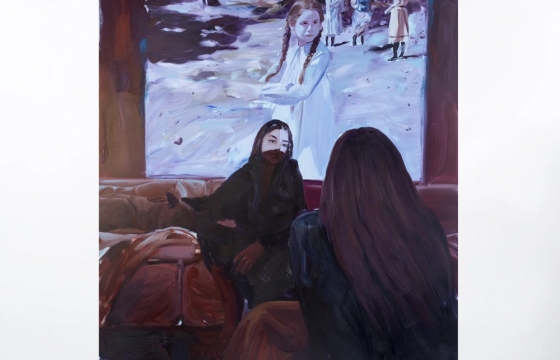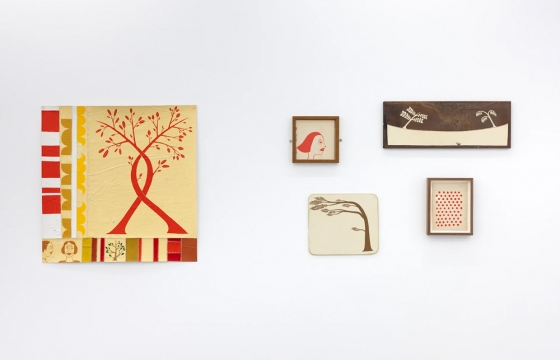How Interior Designer Robert Stilin Weaves Art Into Every Corner of His Home
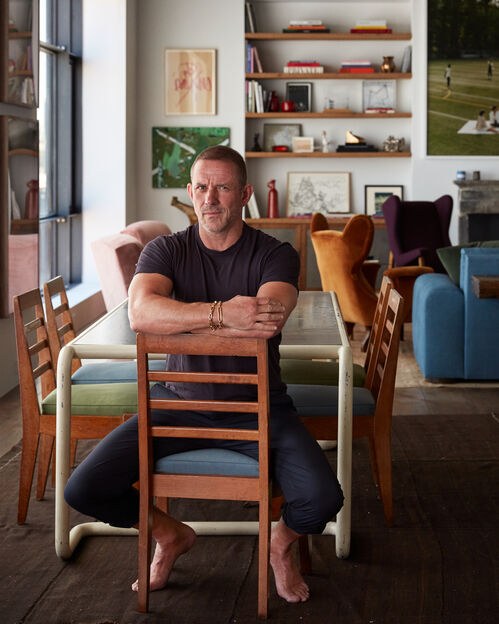
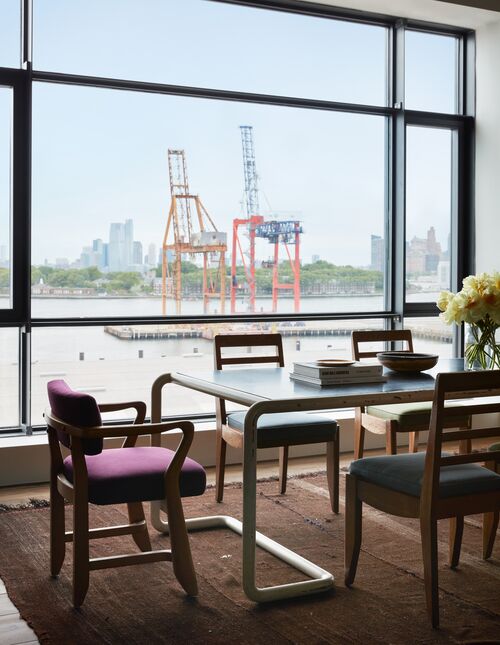
Moving to Brooklyn is a path well-trodden by many Manhattanites, but for interior designer Robert Stilin, it was never in the pipeline. “I remember just thinking to myself, ‘I am never moving to Brooklyn,’” he told Artsy on a recent call.
But things changed when a friend called him in 2022 about an alluring space in Red Hook, the increasingly trendy waterfront neighborhood on Brooklyn’s western tip. The listing, a raw, 3,600-square-foot loft in a converted 1910-constructed warehouse, offered floor-to-ceiling windows and an enviable panoramic view of downtown Manhattan.
It was easy, in other words, for an interior designer like Stilin—who has been featured on the prestigious Elle Decor A-List and the AD100 list—to fall in love with the space. Within days, he pounced. “I wanted to flip my life,” he said of the decision.
In the time since he purchased the apartment, it has come to exemplify both his approach as an interior designer and an expression of another personal love: art. Today, the home features various pieces from Stilin’s extensive personal collection, which he began assembling in the 1980s and now includes over 700 artworks. From photographs by the famed portraitist photographer Mark Seliger through to the rugged sculptures of John Chamberlain, the art on view here represents the different facets of Stilin’s taste and personality. “Buying art is a very personal, visceral thing,” he said.
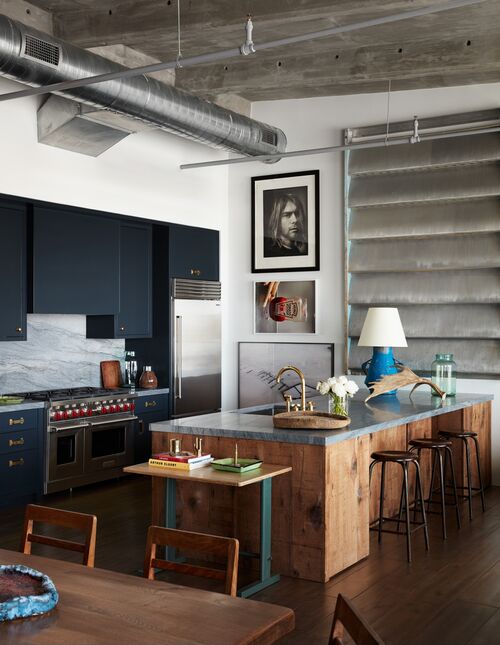
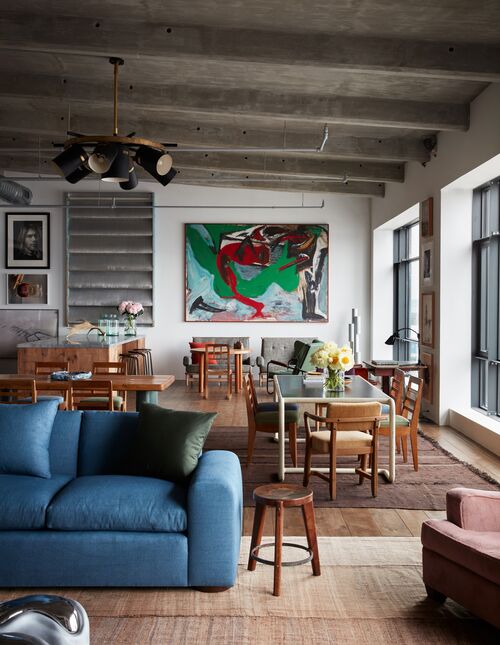
Despite the variety of media and styles of art and items displayed, the apartment maintains a remarkable aesthetic coherence. Finding this balance is a subtle art that has made Stilin, whose projects have included Fifth Avenue penthouses to family compounds in Louisville, Kentucky, one of the most in-demand interior designers in the trade today. “My job is to understand [my clients] and to draw from them who they are and give it back to them in a way that’s bigger, better, more amazing, more comfortable, more everything than they ever expected,” Stilin said. “It’s the same with furniture, and it’s the same with art.”
It wasn’t difficult for Stilin to flip this approach on himself with the Red Hook apartment. When he purchased the space, it was a blank canvas—or, in other words, an interior designer’s dream. Working with the architect Mark Gettys, Stilin installed a spacious bathroom, a master suite, and a guest room. Other parts were added with the original loft spirit in mind: open, communal, and flexible. The kitchen, dining, and living areas flow into one another, connected by a rhythm of artworks and furniture spanning decades and styles. A Campana Brothers chair sits in the bedroom. A sculptural Misha Kahn table anchors the living room.
Art and interiors are viewed by Stilin as inseparable, and his process is intuitive. This can sometimes mean swapping an artwork mid-installation, as he did with a large-scale photograph by Tyler Mitchell titled Picnic (2021), that now hangs above his living room fireplace. When he was moving into the apartment, Stilin had initially planned for several other works to fill the central space before the Mitchell photograph was suggested by a friend. “I was like, ‘Yeah! Let’s try it,’ and it looked great,” he said.
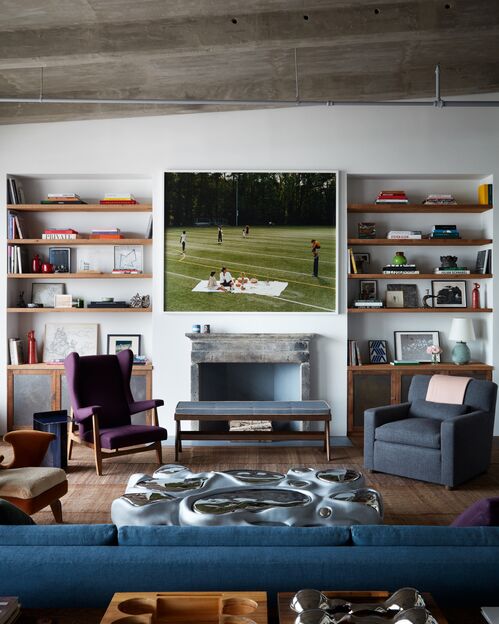

This playfulness—of the choice of art and how it is displayed—is reflected in every corner of Stilin’s house. Each room is filled with art that has caught his eye. In front of his kitchen island, the wall features Martin Disler’s massive, frenetic painting Preparing for Tonight (1982), while in the kitchen is a series of photographs, including a portrait of Kurt Cobain by Seliger. Even his bathroom houses some of the collector’s most notable photographs. Above his Waterworks bathtub and Rick Owens stool are Jack Pierson’s Sic Vita (2016), an ocean blue abstract photo, and Lucian (2023), a portrait of a nude male figure.
But beyond mediums and genres, Stilin is primarily guided by things that speak to him. “I find myself attracted to a lot of art that is seemingly beautiful but has deeper, more meaningful, sometimes even dark stories behind it,” he said. “There’s comfort in it. There’s learning in it. There’s aliveness in it.”
It’s for this reason that he advises new art buyers not to be afraid of taking risks. “Clients tend to overthink things,” he said. “They’re afraid. They don’t want to make mistakes…. There’s no exact science here.” Thus, his overriding tip for collectors and clients is as straightforward as his own buying habits: “Don’t take it too seriously. Buy what you love. Buy what you can afford.”
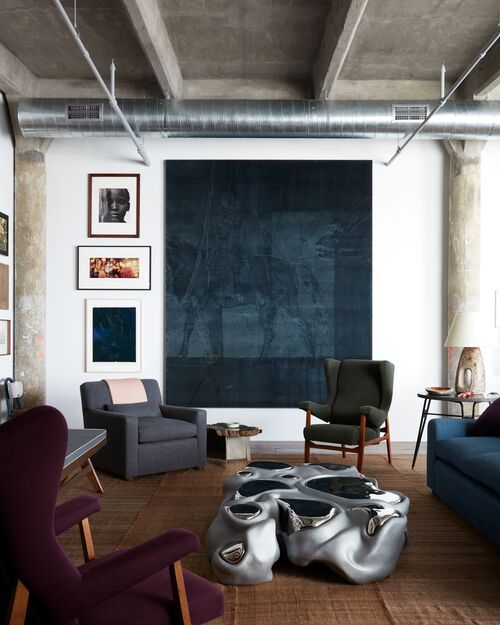
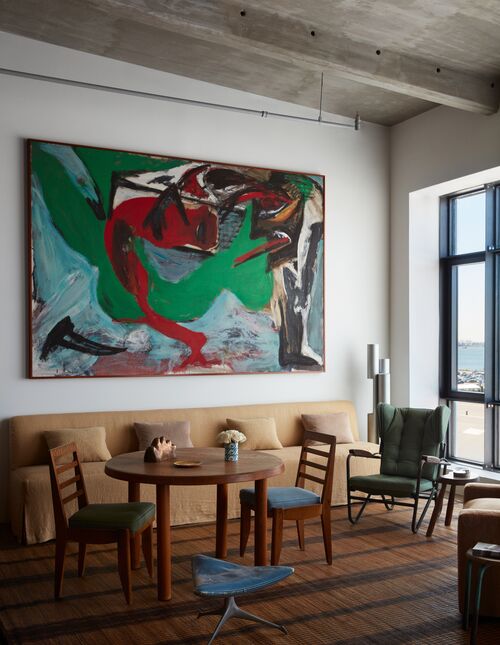
Thinking about art and interior design in tandem wasn’t always the case, Stilin recalls. When he opened his first lifestyle shop in Palm Beach in 1989, the two worlds rarely crossed paths. “The art world was not very nice to people who did interior design,” he said. “They were like, ‘You’re a decorator, you’re going to match the photograph to the room.’” The same wasn’t true, he quickly noticed, for clients. One of his first clients—whom he can’t name—was a major art collector. This client boasted a collection of Nan Goldin, Cindy Sherman, Frank Stella, Sam Francis, and even the Lalannes (who were far from popular in 1989). “[People] were like ‘Oh my God, what is this weird art? These people are so weird,’ but that was my introduction into contemporary post-war and contemporary art at a larger scale and high level,” he said.
Today, he sees more clients setting aside a budget for art at the outset of an interior design project. “People come to projects knowing that they need to have an art budget,” he said.
Stilin himself first started to collect art in the ’80s. At first, he sought out photography, which he thought to be accessible and, more importantly, affordable. “It felt accessible,” he recalled. His first acquisitions, all of which he still owns, were photos by German photographer Horst Faas, American photographer Herb Ritts, and American artist William Wegman. As time went on, he started to understand collecting as a personal journey. A key moment came when he read the foreword to an auction house catalog on a California-based collection. “[The collectors] didn’t think they had a story,” he said. “But when you start reflecting on it, you realize there is a story. You’re attracted to certain kinds of things. That opened my eyes.”
This curiosity was further kindled after a formative encounter with the prolific collector Beth DeWoody, a leading New York arts patron who served on boards of institutions such as the Whitney Museum of American Art and the Hammer Museum. “She taught me to open doors—even if you don’t think there’s anything there,” he said. “You never know when you’re going to find anything, and at the time in my life, I had definitely had a point of view, and I had a lot of ideas, but I was very boxed in, and she really encouraged me to go out and find things.”
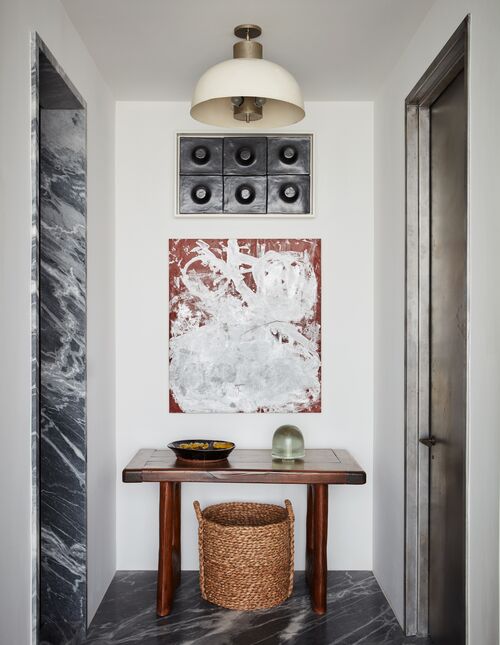
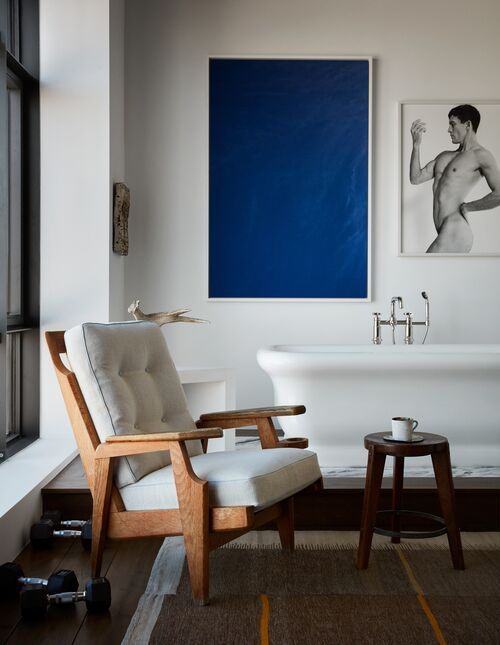
Stilin has taken these lessons to heart. He always makes time to stop by a new gallery if it catches his eye, or a flea market in Paris, where he once found impeccable 1940s dining chairs among gaudy furniture. He’s also found several artists online. “I discovered Tyler Mitchell on Instagram,” he recalled.
Stilin also follows the career of his favorite artists closely. He is a devoted fan of American painter Andrew Brischler, whose colorful works reinterpret classic Hollywood film stills in a style that recalls Andy Warhol. “I like the color, the silhouettes, the technique,” he said, noting pieces featuring Sigourney Weaver in the main area, Jamie Lee Curtis in his bedroom, and a newly commissioned portrait of Jake Gyllenhaal. Everything to do with art in Stilin’s life, from buying to browsing, goes back to the personal connection that serves as his mantra. “I’m more interested in how art speaks to me, how it makes me feel, how I react to it,” he said. “When I go shopping for art—it’s not even shopping for art—it’s how I interact with art,” he added.
It’s from that standpoint that Stilin returns his deceptively simple advice: “Buy what you love. Buy what you can afford. Don’t overthink things.”
 Feel-good and functional products designed and conceived by talented creatives.
Feel-good and functional products designed and conceived by talented creatives.